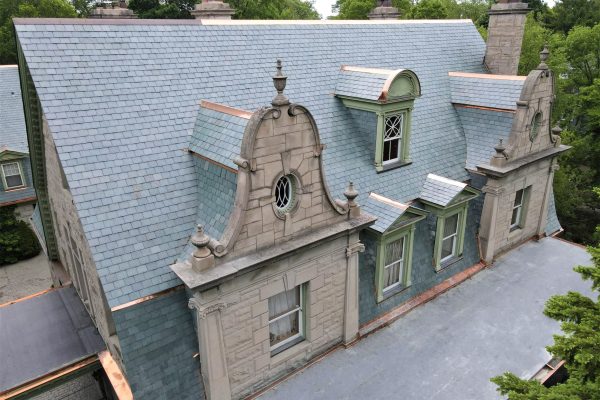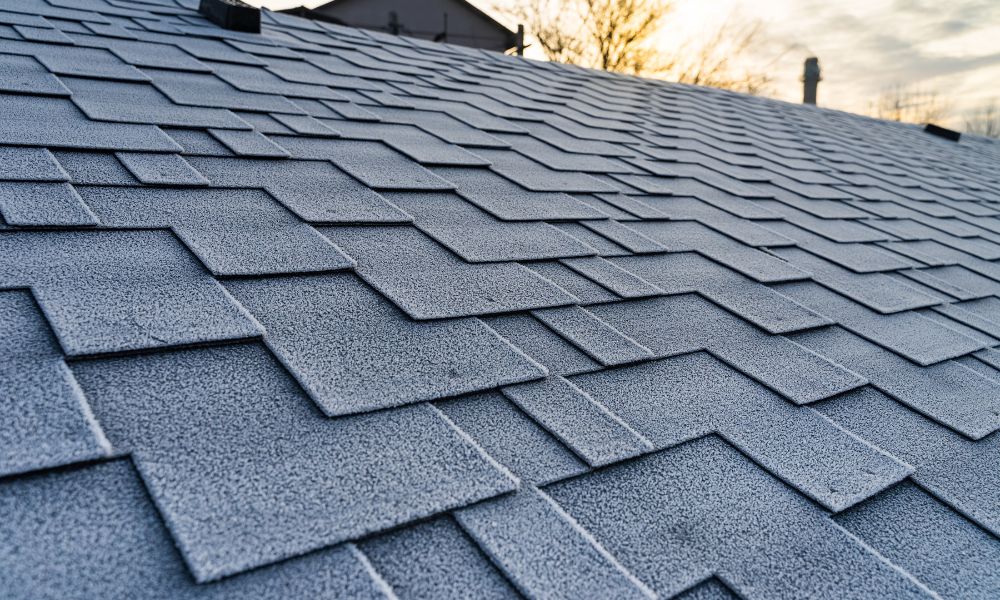When it comes to designing a home or any architectural structure, the roof is an integral element that not only provides protection but also adds to the overall aesthetic appeal. There are various roofing styles available, each with its own unique characteristics and considerations. In this article, we will explore different roofing styles and discuss the architectural design considerations associated with them.
1. Gable Roof
The gable roof is one of the most common and recognizable roofing styles. It features two sloping sides that meet at a central ridge, forming a triangular shape. This style offers excellent ventilation and allows for easy rainwater drainage. Gable roofs are suitable for a wide range of architectural designs, including traditional, colonial, and modern homes.
Architectural Design Considerations:
- Consider the climate and wind patterns in your area as gable roofs can be susceptible to damage in high winds.
- Ensure proper insulation and ventilation to prevent heat buildup in the attic space.
- Choose appropriate materials that complement the overall architectural style of the building.
2. Hip Roof
The hip roof has slopes on all four sides, meeting at a ridge to form a gentle slope. This style is known for its stability and durability, making it suitable for areas prone to high winds or hurricanes. Hip roofs offer a more modern and sleek appearance and can be found in various architectural styles, including Mediterranean and ranch homes.
Architectural Design Considerations:
- Ensure proper bracing and reinforcement to withstand high wind loads.
- Consider incorporating dormers or skylights to add natural light and architectural interest.
- Select materials that provide both aesthetic appeal and weather resistance.
3. Mansard Roof

The mansard roof, also known as a French roof, features two slopes on all four sides, creating a distinct double-pitched appearance. This style offers additional living space in the form of an attic or garret and is commonly associated with historic and Victorian architectural designs.
Architectural Design Considerations:
- Ensure proper waterproofing and drainage systems due to the complex design of the roof.
- Consider incorporating dormer windows to enhance natural light and provide architectural interest.
- Select materials that can withstand the weight of a potentially larger attic space.
4. Flat Roof
Flat roofs, as the name suggests, have a minimal or completely level slope. This roof style is commonly found in modern and contemporary architectural designs. Flat roofs offer a sleek and minimalist appearance and can be utilized as additional outdoor living space or for green roof installations.
Architectural Design Considerations:
- Ensure proper waterproofing and drainage systems to avoid water pooling and leaks.
- Consider adding insulation to prevent heat loss and improve energy efficiency.
- Choose durable roofing materials that can withstand foot traffic if utilized as a rooftop terrace.
Selecting the right roofing style is an important consideration in architectural design. Each roofing style has its own unique characteristics and considerations that should be taken into account to ensure both functionality and aesthetic appeal. By considering factors such as climate, architectural style, and materials, you can create a roof design that complements the overall vision of your project.



